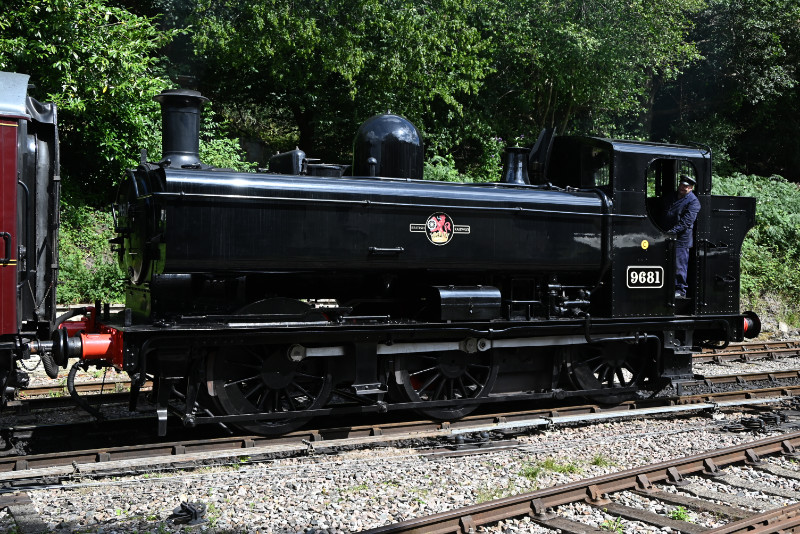On our circuit of the Blorenge near Abergavenny we came upon a group of paragliders lining up to take off. They seemed to be waiting for just the right updraft. When it arrived they walked into the wind which inflated their wing. A few steps forward made everything taut and with that they ran of the mountain and into space, flying over or around the town of Abergavenny some 1400 feet below.
We saw one paraglider carrying two people. The preferred landing space for most seems to have been Castle Meadows and a nearby field.
photo © T. Boughen Camera: Lumix FZ1000 2

















